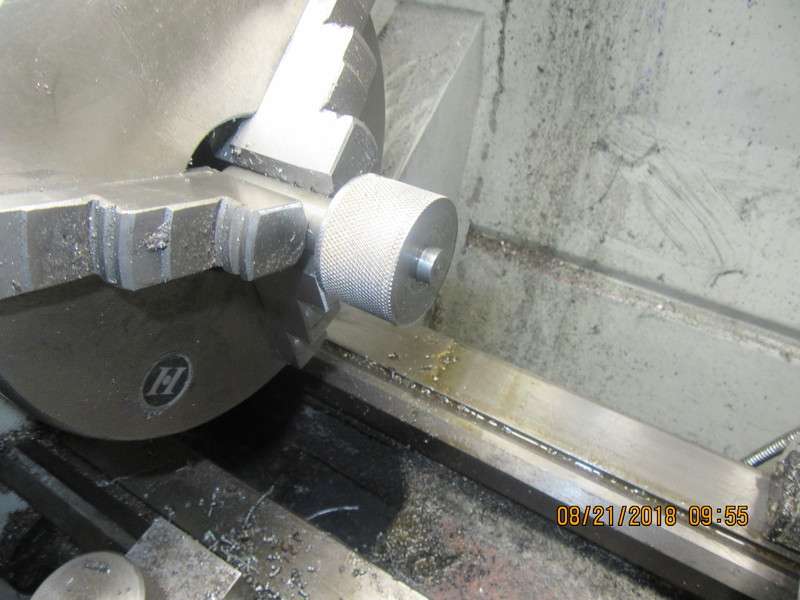I don't think the mechanism is nearly as precise or complex as you think. Take a single machine where the motor is on the machine and drives the drum. The drum has two flat belts which can be moved over to one of three positions. One of the belts is crossed over for reverse and drives a 'fast' pulley which is fixed to the shaft. The other belt drives the 'loose' pulley which just spins around on the shaft, sorta like a neutral position. The pulleys are now in 'reverse'. To change to forward, the belts are moved over as a pair. The crossed belt is now on the 'loose' pulley and the uncrossed forward belt now drives the pulley shaft.
The belt is moved via that shifter mechanism. The belts are not tight, and the belts are moved slowly. I'll will dig out some photos of the drive overhead at the local blacksmith museum.





































